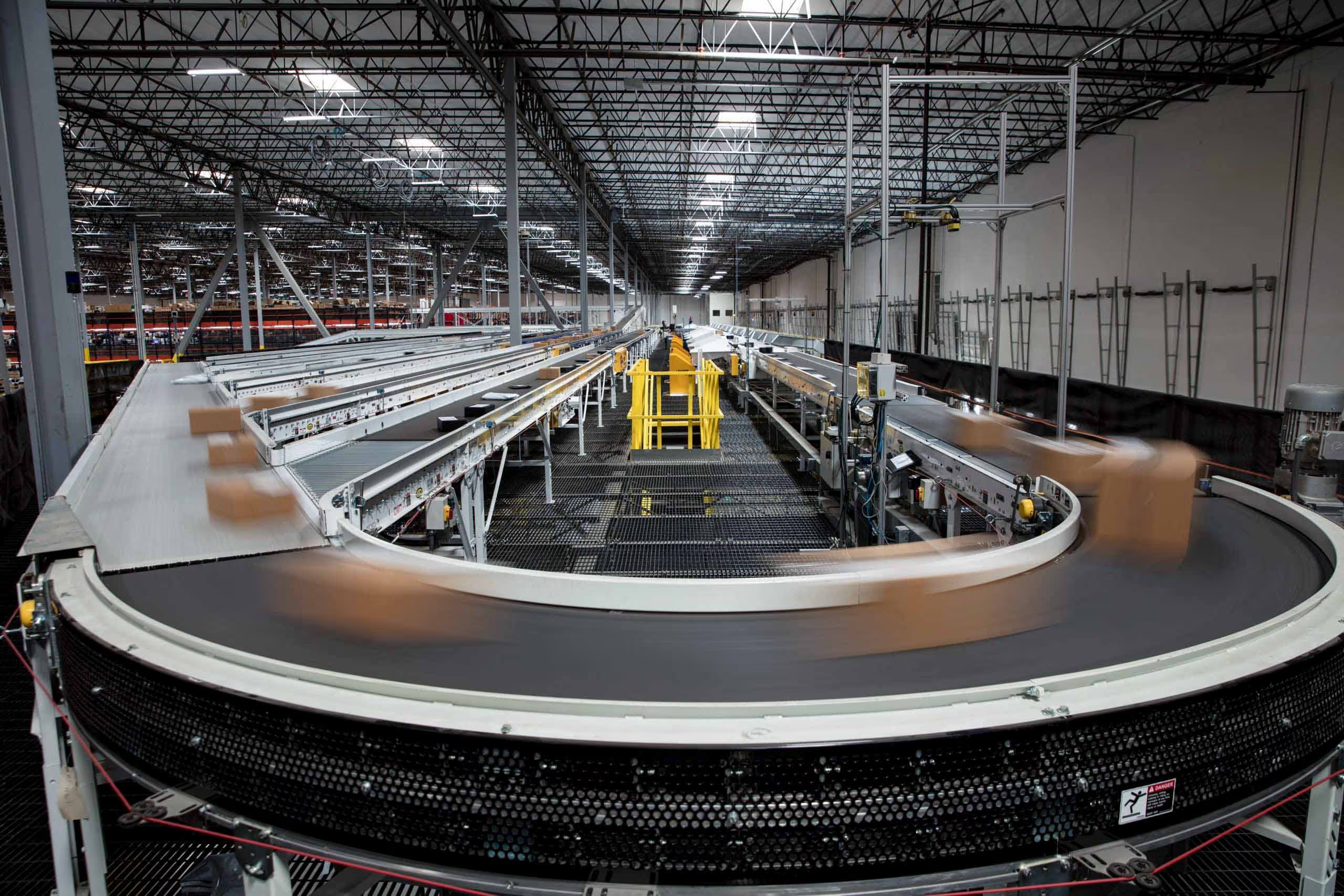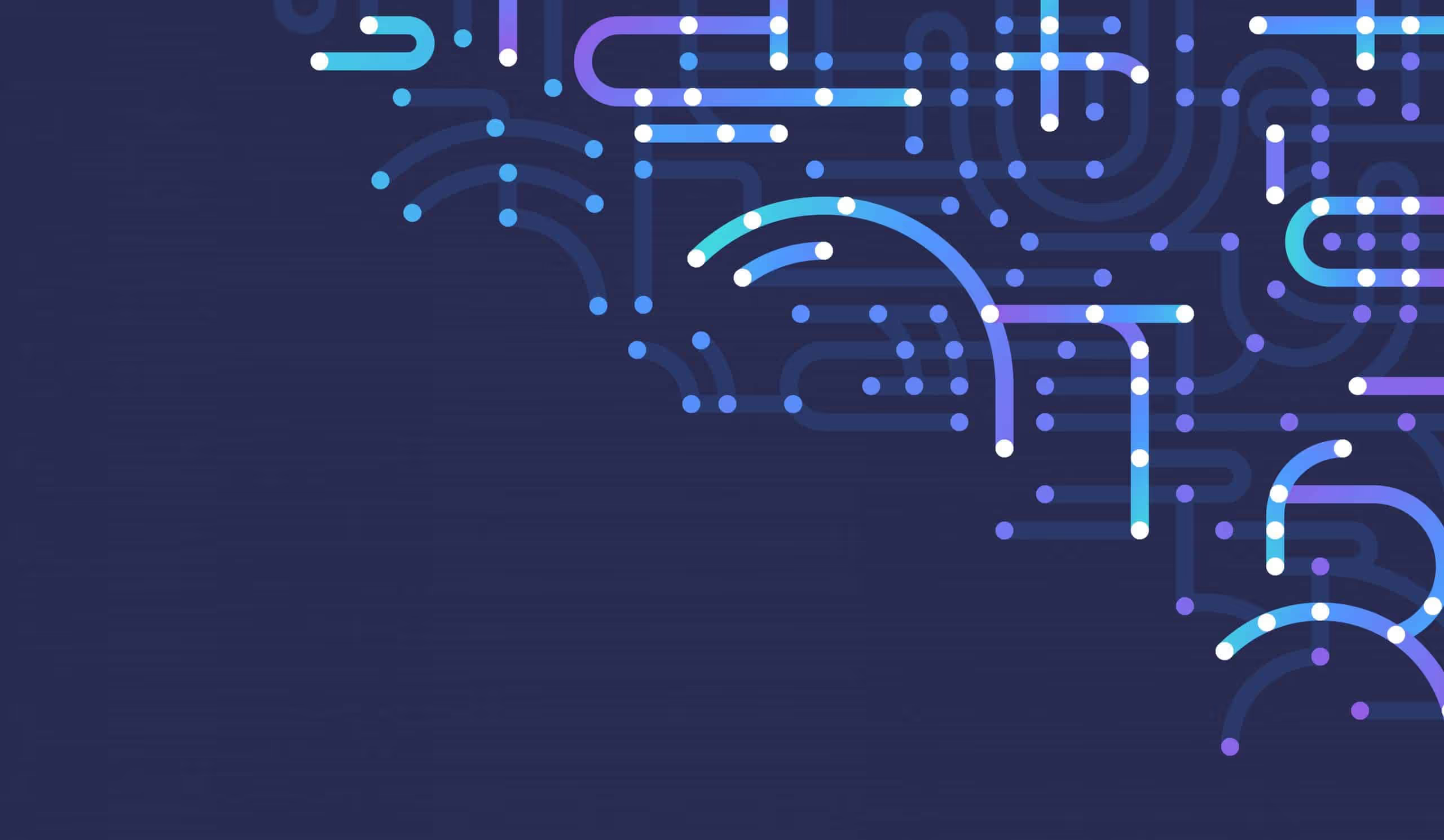Journey into the world of forecasting

Part 1: Basic idea and automation
In a constantly changing world, precise forecasts are increasingly becoming a success factor. Only companies that are able to predict trends and developments can manage their resources efficiently, minimize risks and take advantage of opportunities. Advancing digitalization and the high availability of data also enable much more precise analyses and forecasts using AI. Forecasting is therefore essential in areas such as production, logistics, sales, marketing and finance in order to secure competitive advantages and respond to changes with agility.
With this in mind, we would like to take a closer look at the topic of forecasting in a business context in a three-part series. In each part, we will provide a detailed overview of the topic. In this part, we introduce the basic definitions and benefits of robust forecasting for your business, and the advantages of a forecasting framework for quickly creating good and robust forecasts. In part two, we will take a closer look at the forecasting process, before moving on to the third part, where we will discuss the particular challenges involved and outline possible solutions.
Why forecasting?
In its most elementary form, forecasting is the prediction of certain business-relevant influencing variables based on their historical values. These can be, for example, sales, costs, personnel requirements or similar. In practice, demand forecasts are particularly relevant, which is why we will primarily focus on demand forecasts in this series.

Reliable forecasts form the basis of sound corporate planning: (good) forecasting ensures that the right product is in the right place at the right time. They therefore serve as a link between the areas of budgeting and planning. This enables a comparison between the targets set and reality and therefore planning that is as close to reality as possible.
From efficient production planning and inventory optimization to improved supply chain management, many areas of a company can benefit from a demand forecast that is as accurate as possible. It ensures that products are available when there is demand. At the same time, avoidable costs due to overproduction and excess stock are reduced.
Why automated forecasting?
There are two different approaches to creating forecasts that are as accurate as possible. Qualitative forecasts are based on subjective assessments, expert opinions and non-numerical data. They are often useful when there is limited historical data or when markets change rapidly, but have the disadvantage that they are very time-consuming to produce and are often susceptible to subjective bias.
In practice, our clients have a large number of products for which forecasts need to be prepared, which is why we specialize in quantitative forecasts. They are based on mathematical models that recognize patterns in historical data (time series), derive trends and extrapolate them into the future. This also allows us to create automated forecasts for a large number of products, which in turn leads to a considerable reduction in manual planning effort. Whereas in the past a large part of the planning process was dedicated to the initial planning of each individual item, forecasts for low-turnover items can now simply be taken over and the focus can be placed on optimizing the forecasts for high-turnover and complex items.
While quantitative forecasts deliver very precise results, especially in stable environments with a reliable data situation, part of the future is of course uncertain. Consequently, every forecast is also inaccurate to a certain degree. In particular, mathematical models assume that the recognized historical patterns and trends will continue. However, this is not always the case, be it outliers in the past or unforeseen external influences (such as a global pandemic). This can lead to inaccuracies in the forecast quality if such extraordinary events are not sufficiently compensated for in the forecasting solution. Therefore, any forecasting solution should not be seen as a stand-alone solution, but as an (important) building block in a robust planning process.

What are the benefits of a forecasting framework?
In the past, we have implemented individual forecasting solutions for customers from a wide range of sectors. These include the fashion, chemicals and manufacturing industries. Throughout the projects, we have created demand forecasts for article and production planning as well as for inventory management, ranging from short-term 3-month forecasts at SKU level to long-term 18-month forecasts at article level.
Despite the different areas of application and customer-specific challenges, we identified similarities in the various projects and decided to integrate the different solutions into a standardized forecasting framework, which is being actively developed further. This step has brought considerable benefits for both us and our customers:
- Template approach: A standardized pipeline makes it possible to quickly generate initial forecasts that directly help to identify trends and initiate course corrections. Furthermore, this means lower costs due to a low initial outlay.
- Open source approach: As the entire framework is implemented in Python, the framework is flexible and accessible. All systems compatible with Python can be used as data sources and data targets, which enables virtually any modern use case.
- Modular approach: Many different models are implemented in the framework. This includes tried-and-tested stochastic approaches and modern state-of-the-art AI approaches. The modular design makes it easy to integrate new forecasting approaches into the existing pipeline.
- Best practices: The performance of the final forecast is optimized by thorough data preparation and cleansing, robust feature engineering and ensembling (combination of several models), and finally assessed by a thorough evaluation procedure.
With the help of the framework, we have already been able to save a lot of time in our projects and increase forecasting accuracy enormously. If you are also interested in comparing your existing forecasting solution with our framework, please contact us. Using the framework approach, we create initial forecasts in the course of a POC within five days and provide you with an assessment of the forecast quality.


Preview: The secrets of effective forecasting processes
In part 2 of our forecasting blog series, we will soon shed light on what is important in the actual forecasting process. If you want to know what basic questions you should ask yourself at the start of a forecasting project (and how to answer them), how you can assess the quality of forecasts in the future and how the different forecasting methods work, then look forward to the continuation of the topic in the next post.





